For many decades, California has been a national leader in educating students about the environment, and now more than ever, the state recognizes that environmental literacy is crucial to sustaining the economic and environmental wellbeing of all Californians. This is embodied in the California Education Code and reflected in the educational mandates of many state agencies. Environmental literacy means more than knowing environmental content; it also encompasses civic engagement and community involvement in diverse settings. Going beyond the walls of the classroom, environmental literacy can be developed through investigations on campus, in the local community, at nature centers and outdoor schools, as well as in the rich and diverse natural landscapes found throughout California. (California Science Curriculum Framework, adopted by the State Board of Education, November 3, 2016)
Today, with the State Board of Education’s adoption of a new Science Curriculum Framework, we have entered into a new era for K–12 science education and the drive for environmental literacy for all California students.
This new era is marked with five major breakthroughs represented throughout the framework—a call for science instruction that:
- Engages students as active participants in their own learning, where they do science rather than just reading about it;
- Is relevant to local communities and student interests, (where) content and skills build on students’ existing experience to learn about and solve real-world problems;
- Has an explicit focus on Environmental Principles and Concepts (EP&Cs);
- Incorporates outdoor and environmental learning experiences (as) powerful tools for implementing key instructional shifts required by the CA NGSS and California’s Environmental Principles and Concepts; and,
- Provides broad-reaching guidance to teachers and publishers about making instructional connections between the EP&Cs and NGSS for all students—from kindergarten to high school.
I am excited to report these successes after 2 ½ years of work through a partnership involving Ten Strands, CalRecycle’s Office of Education and the Environment, and the State Education and Environment Roundtable. These achievements wouldn’t have been possible without the support, guidance, and involvement of the staff of the California Department of Education, members of the Instructional Quality Commission, the Curriculum Framework and Criteria Committee, and several of the leaders in the California Science Project. Because these opportunities can quite literally change the face of our work toward environmental literacy for all, below I will share a few more details about these developments.
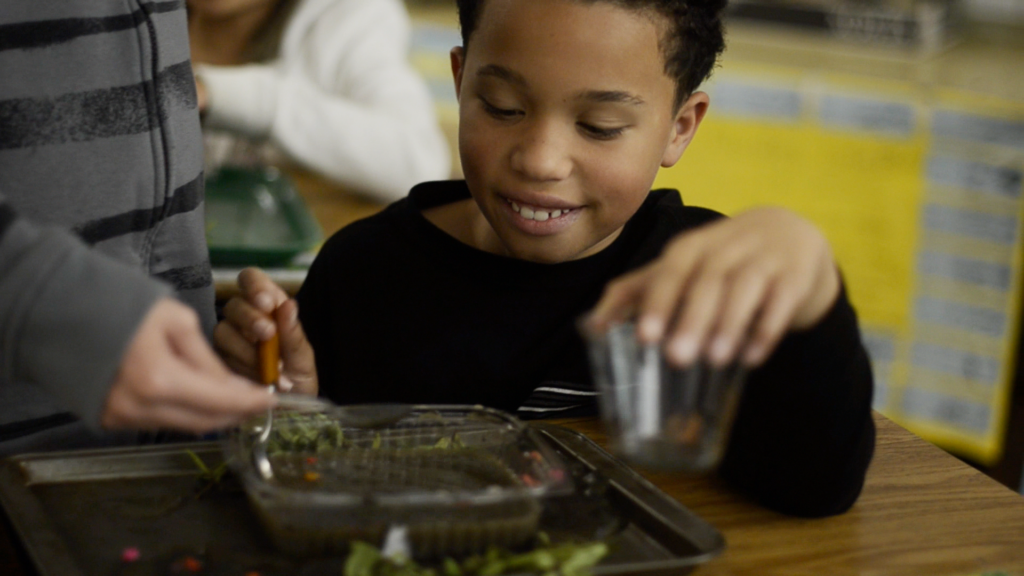
Doing Science, Not Just Reading About It
It all started with the 2012 release of the National Research Council’s seminal document A Framework for K–12 Science Education, the source of the research-based evidence about the best practices in science instruction.
About 18 months later Achieve Inc., in collaboration with 26 state departments of education, released a final version of the Next Generation Science Standards (NGSS). Later in 2013, California’s State Board of Education officially adopted a slightly augmented version of California’s Next Generation Science Standards (CA NGSS), replacing California’s out-of-date 1998 science standards. This transition was groundbreaking for California’s millions of students, taking them from an era where “students will know” science facts, to the world of NGSS-based science instruction where students will do science rather than just reading about it—asking questions of the world around them, developing investigations, conducting research, and, even in kindergarten, recognizing that “they can make choices that reduce their impacts on the land, water, air, and other living things.”
Relevance to Local Communities and Student Engagement
The new science framework enumerates three key instructional shifts which are an integral part of the “three-dimensional” instruction that is at the core of the CA NGSS. Two of these key shifts, which are strongly supported by the State Board of Education and California Department of Education, are now seeking science instruction that:
- Engages students in scientific inquiry of phenomena, and
- Is relevant to local communities and student interests (where) content and skills build on students’ existing experience to learn about and solve real-world problems.
Centering environmental literacy around sound scientific investigations with a focus on community needs is crucial—though not sufficient to achieve all of the goals of environmental literacy, including environmental justice.
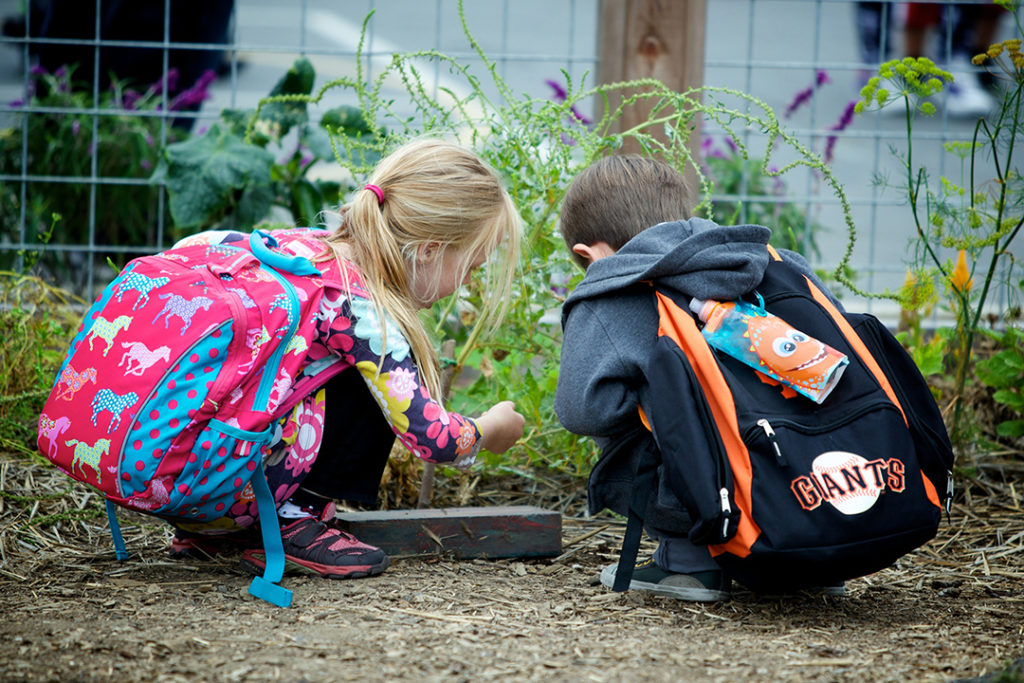
Explicit focus on Environmental Principles and Concepts
Here, the framework informs teachers and publishers that students need, “a direct understanding of the connections between humans and the natural world that prepares students to address the environmental challenges of today and of the future, to mitigate and prepare for natural hazards, and to interact in a responsible and sustainable manner with the natural systems that support all life. California has identified several critical understandings, called the Environmental Principles and Concepts, that every student in the state should learn and be able to apply. The State Board of Education (SBE) officially adopted the EP&Cs in 2004 and they are an important piece of the curricular expectations for all California students. Teachers can introduce these EP&Cs through their many connections with the three dimensions of the CA NGSS, and by focusing instruction on the environment of their local community and the issues that it faces.”
Instructional Strategies Using Outdoor Learning Experiences
In Chapter 9 of the framework, Instructional Strategies for CA NGSS Teaching and Learning in the 21st Century, for the first time ever this SBE-adopted document speaks of three vital instructional approaches—including “Outdoor Learning Experiences.” Again, because of the opportunities presented by this, I’ll let the framework speak for itself.
“Outdoor and environmental learning experiences are powerful tools for implementing key instructional shifts required by the CA NGSS and California’s Environmental Principles and Concepts (EP&Cs). Teachers can effectively use the outdoors as a learning context periodically throughout the year as they teach science. There is also particular value in providing students with longer, concentrated opportunities to explore and explain the natural world by participating in one of California’s rich network of Residential Outdoor Science Schools.”
“There is wide-ranging evidence to support the value of using natural environments, local communities, and other outdoor settings as a real-world context for science learning that engages student interest as they investigate places around them (Lieberman, 1998, 2013; American Institutes for Research, 2005; National Environmental Education & Training Foundation 2000). Students should have rich opportunities to observe and investigate the multitude of natural and human social systems found throughout California.”
“The most effective opportunities to use outdoor environmental learning experiences are when they are an integral component of three-dimensional science instruction—fully integrated into units of study that do more than offer students isolated out-of-classroom activities.”
Outdoor and environmental learning experiences are powerful tools for implementing key instructional shifts required by the CA NGSS and California’s Environmental Principles and Concepts (EP&Cs). Teachers can effectively use the outdoors as a learning context periodically throughout the year as they teach science.
Broad Reaching Guidance about Making Connections to California’s EP&Cs
Going beyond the adoption of the framework itself, the State Board of Education approved instructional materials criteria that require publishers to integrate California’s Environmental Principles and Concepts into new instructional materials for science. The underlying goal of this is to help students understand the connections between people and the natural world so that they can better consider the consequences of human activity—and work toward diminishing the impacts on the natural world.
The EP&Cs have become an important piece of the curricular expectations for all California students in science and other subject areas. This is because of the 2003 passage of the law that established the Education and the Environment Initiative—sponsored by Assemblymember Fran Pavley (now senator), and Senator Tom Torlakson (now State Superintendent of Public Instruction). These two future-thinkers recognized, then that every Californian needs to be ready to address the environmental challenges of today and the future, be able to take steps to reduce the impacts of natural and anthropogenic (human-made) hazards, and act in a responsible and sustainable manner.
To move the EP&Cs into all of California’s classrooms and provide a meaningful way to teach and amplify them, the framework includes a major appendix, titled Appropriate Alignments among Environmental Principles and Concepts and CA NGSS. Appendix 2 presents diverse examples of the connections that can be made between the EP&Cs and instruction in the three dimensions of the CA NGSS. The appendix also provides textbook publishers with specific examples of how to incorporate the EP&Cs into their new instructional materials—an SBE requirement for adoption.
These breakthroughs in California’s newly adopted Science Framework are just the beginning of what will be a multi-year process of offering California’s children—our future decision makers—a chance to be the first generation of environmentally literate citizens, better able to deal with the challenges of today, tomorrow, and on into the future.

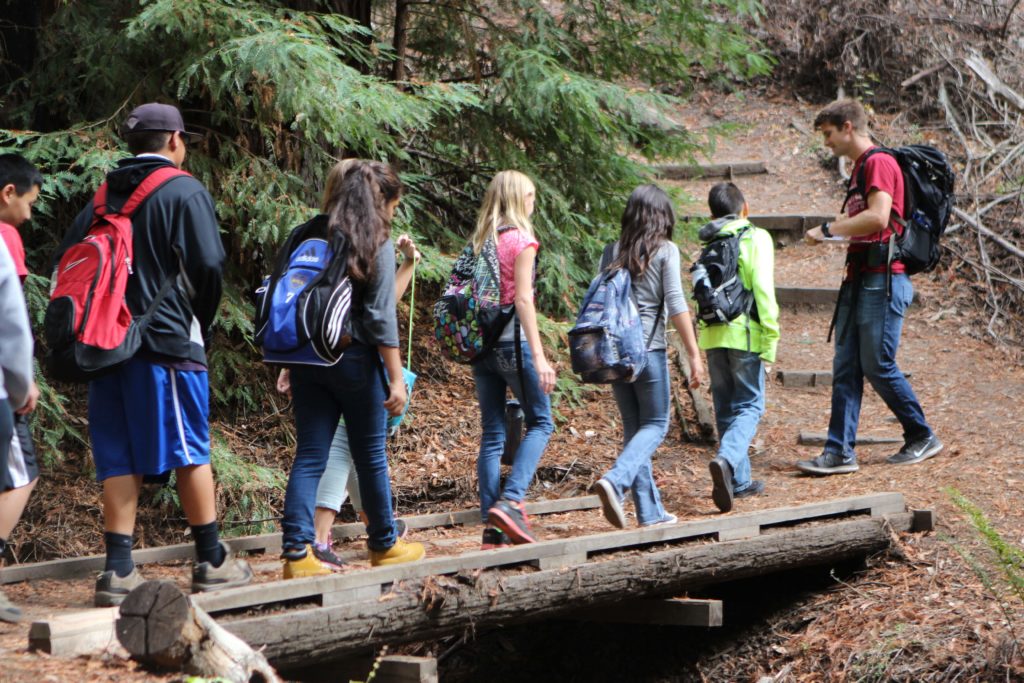
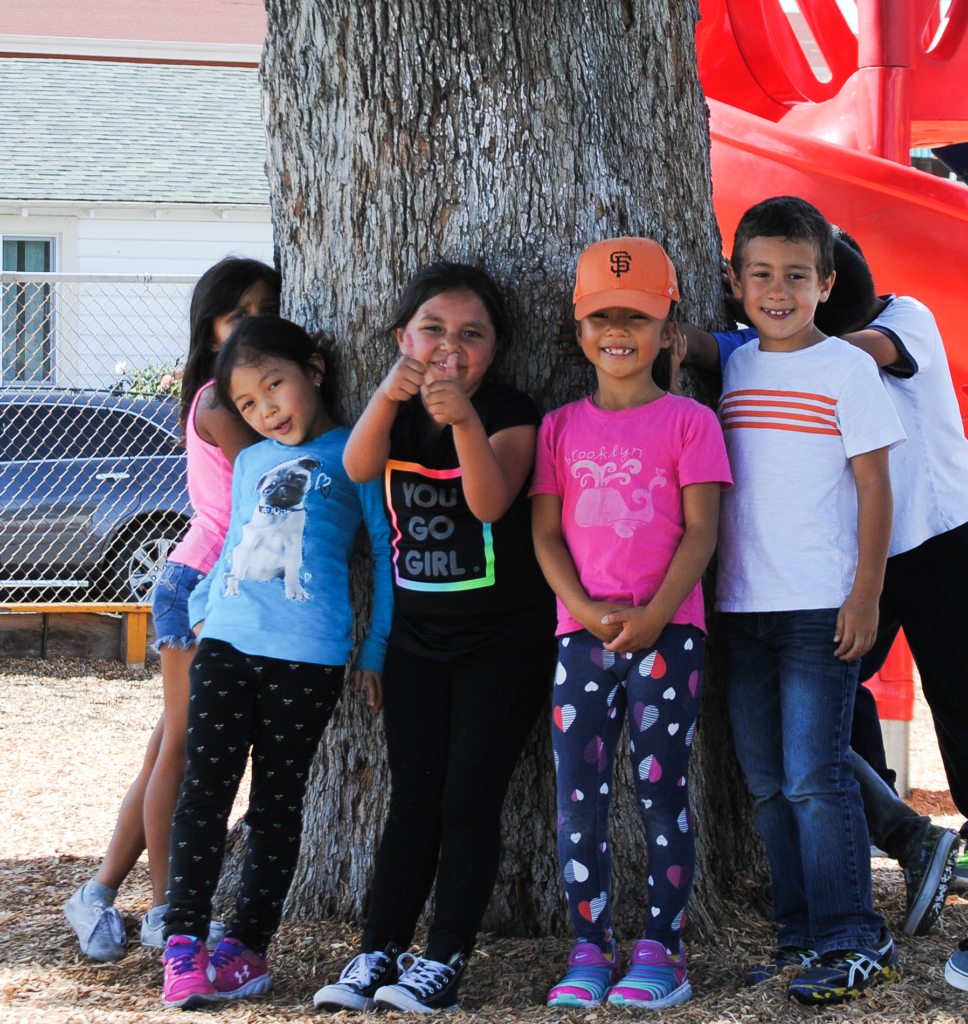
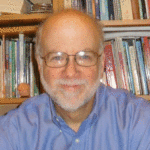
One Response
Congratulations, Jerry and partners! This is a tremendous win for the youth of California and the future health of our planet. Keep up the great work!